JUSTIN LANGER: Why hero worship of cricketer MS Dhoni in India is on a level I’ve never experienced
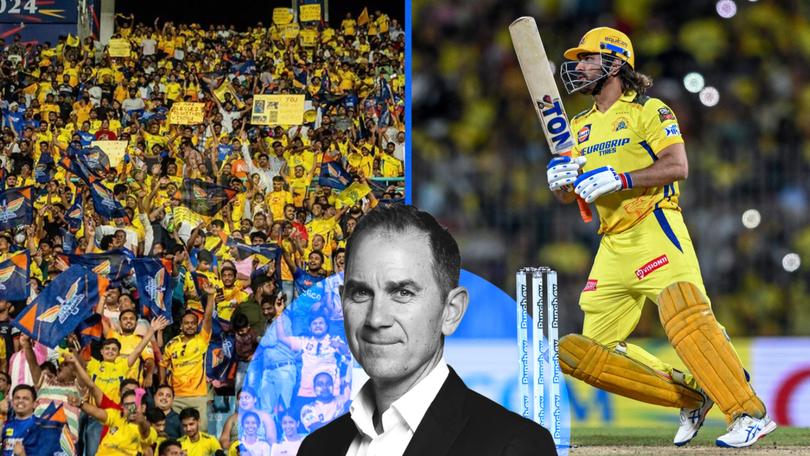
MS Dhoni, or Mahendra Singh Dhoni is hardly a household name at home in Australia.
In most parts of the world, his name would be a mystery. Some may mistake him for an Indian Prime Minister or movie star.
But, in India, there is no bigger name, no greater presence. Over the last week, I have witnessed the phenomena which is MS Dhoni.
Sign up to The Nightly's newsletters.
Get the first look at the digital newspaper, curated daily stories and breaking headlines delivered to your inbox.
By continuing you agree to our Terms and Privacy Policy.Presently, MS is playing for the Chennai Super Kings in the Indian Premier League. Until this season he has captained the IPL’s most successful team since the competition began.
The franchise I am coaching, the Lucknow Super Giants, has played the current champions in back-to-back games over a four-day period.
After the first of those games, I posted a few words on Linkedin, the only social media platform that I occasionally tap into.
“One of the great spectacles of my life was watching Coldplay at Optus Stadium in Perth, last November. It was magnificent entertainment. When Chris Martin and the band sang their song Yellow the whole stadium lit up in yellow.
“Last night I experienced a similar couple of hours of yellow entertainment. My Lucknow Super Giants played the Chennai Super Kings at our home ground in Lucknow. Despite it being home ground at least 70 per cent of the 50,000 supporters were wearing yellow shirts. All of which were MS Dhoni shirts.
“It doesn’t matter where they play, every CSK game is like a home game for them, all due to the superstar MS Dhoni. In this country, he is a phenomenon. Nothing like I have seen before. A superb player, treated with the reverence and hysteria of a god. Another great life experience. JL”
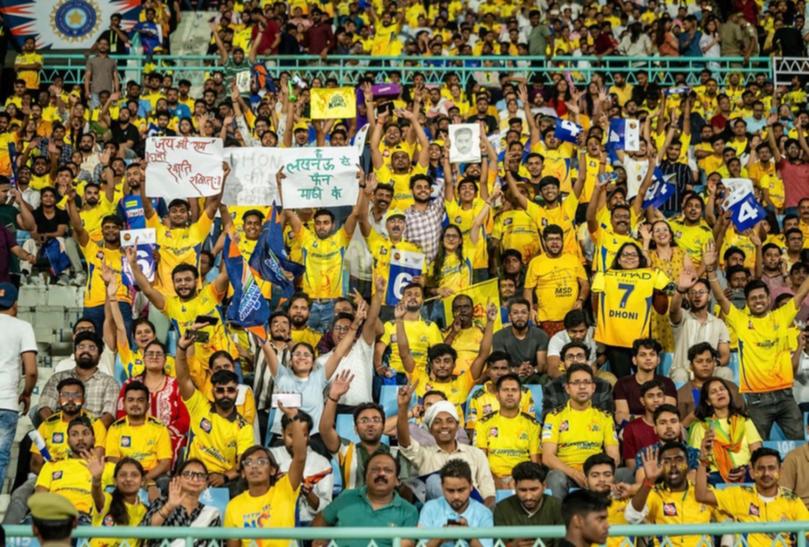
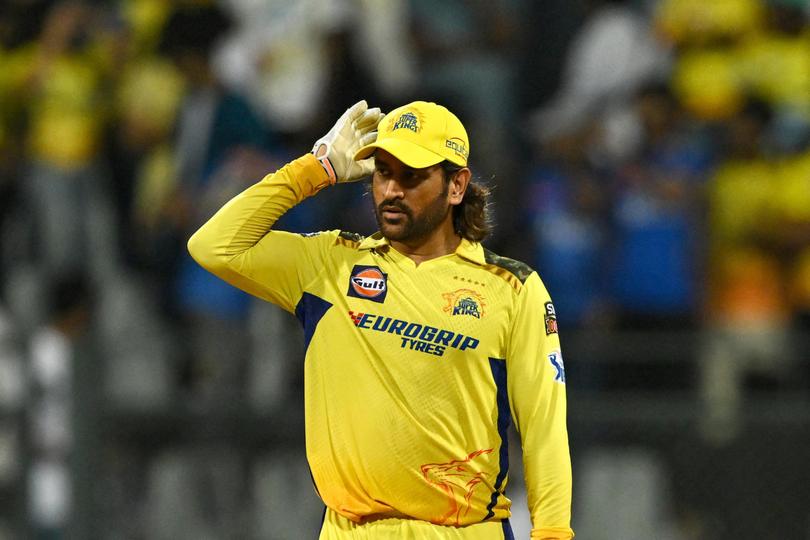
Following that post, I had nearly 40,000 impressions and more comments than I have seen on any of my links.
On Tuesday, rather than playing at home, we travelled to Chennai for an away game.
If I thought that Lucknow turned yellow on Saturday, Tuesday might well have been a daisy field. Rather than 70 per cent of yellow shirts, there were 98 per cent of the crowd wearing the yellow jersey.
Most significantly, every one of those yellow cricket shirts has the number seven and the words Dhoni emblazoned on the back.
If I hadn’t seen it with my own eyes, I would never have believed it.
To put it in perspective, maybe picture this. Last weekend at Optus Stadium when West Coast played Fremantle, imagine if all 48,000 fans turned up wearing purple number seven, Nat Fyfe’s jumper. Even though it was a West Coast home game, everyone was in purple. Impossible right?
Or, every one of Thursday’s 95,000 supporters at the MCG on ANZAC Day wearing a black and white number 35, Nick Daicos’s guernsey. Again, impossible. Not even a milli-second of possibility.
But in India, this is what happens when Chennai play every one of their games.
My great-mate Michael Hussey — who has played with and coached at Chennai for more than a decade — told me last Saturday morning that every game is the same.

He laughed as he said while gesturing with his left arm at his waist and his right arm in the sky: “In this country, God is here, MS is here.” MS was the right arm.
Adding to the colour was a noise like I had never experienced. The Chennai crowd is famous in India for their whistle-blowing. Not whistle-blowing as it is often defined, but rather, most of the yellow army literally blowing plastic whistles from the moment they walk into the ground until the last ball of the game is bowled.
For years I have dealt with the hearing condition known as tinnitus. The noises of tinnitus vary in pitch from a low roar to a high squeal, and people hear it in one or both ears. In some cases, the sound can be so loud it interferes with your ability to concentrate or hear external sound.
On Saturday and Tuesday nights, the screaming, whistling, and hysteria were like tinnitus on nuclear steroids.
For four hours, I had never heard a noise like it; my tinnitus was like silence. When MS walked onto the field, the noise was insane. When he came up on the screen, it was the same. Noise-cancelling headphones would be struggling to suppress the sound every time MS’s face appeared.
So, who is this MS Dhoni character, and what of the hero worship in this country?
Firstly, he is considered one of the greatest players and cricket captains in the history of the sport.
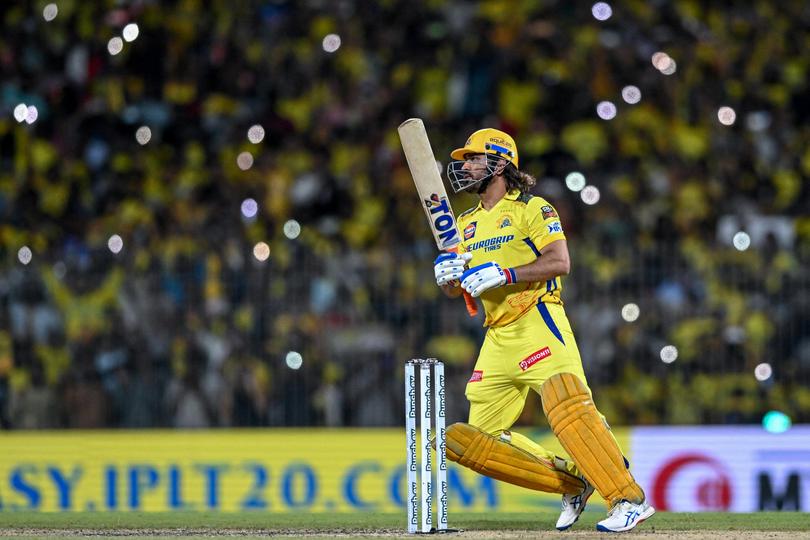
Nicknamed “Captain Cool,” Dhoni is known for his calm demeanour under pressure and his ability to make tactical decisions that have often led to success for his teams. On the surface, he is expressionless with bat or wicket-keeping gloves in, and on, his hands, but his ability to create miracles on the cricket field is legendary.
He retired from international cricket in August 2020, with an encyclopedia of personal and collective achievements. He is still playing extraordinary IPL cricket at the tender age of 42.
As an opposition coach for Australia and now Lucknow, there has been no opponent who has given me more sleepless nights, because until he is out, the game is never over.
Despite achieving immense success, fame and fortune, Dhoni is an incredibly humble person. He is respected not only for his cricketing abilities but also for his modesty and simplicity.
Like other players in his status such as Sachin Tendulkar and Virat Kohli, their warrior spirit on the field is complemented by their immeasurable humility off it.
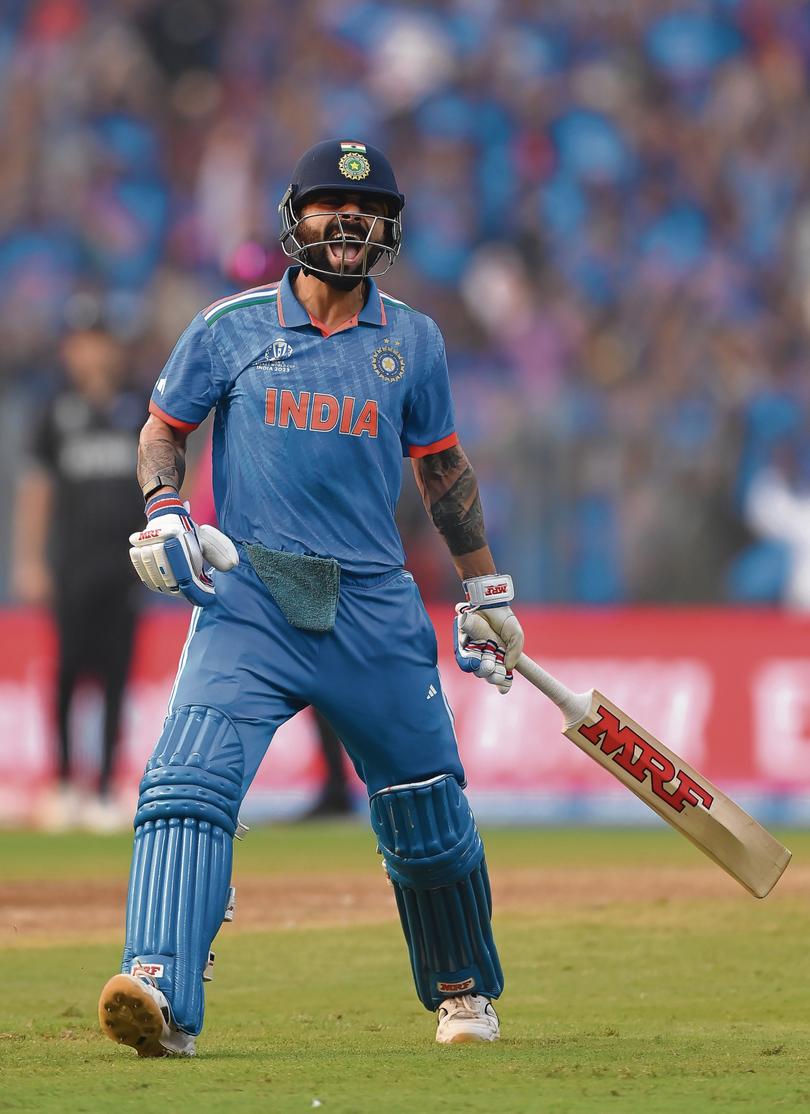
The times I have been in any of their presence I wonder how they must feel.
On the surface, they are like Zen masters, but walking in their shoes in a country where hero worship is a cultural phenomenon I can’t help but think how they deal with the frenzy.
Sitting with KL Rahul our Lucknow captain (a player who is just below that status), and a few of my Indian friends, I asked them about this hero worship.
Most of them shrug their shoulders, but what I have learnt is that India has a rich history of mythology, folklore, and traditions. Often these involve the worship and admiration of heroic figures, gods, and goddesses.
The celebrity culture that includes Bollywood, sports personalities, politicians and other public figures who enjoy immense popularity is tangible in this country. There are billboards of famous Indian faces everywhere.
Maybe this is because of a society with such diverse socio-economic backgrounds, that people often look up to successful individuals as role models and sources of inspiration. Achieving success against all odds is highly valued in Indian culture, leading to the idolization of those who have overcome challenges and achieved greatness.
I once said after Australia lost a Test series to India that, despite them having a couple of injuries, with 1.5 billion cricket-loving people you could select three Indian teams that would beat most teams around the world. The talent here is breathtaking.
For those who make it to the top, they must be the best of the best, who have luckily received a break along the way. This is not lost on their countrymen and women.
In a society with an immense population and various challenges and complexities, the idolization of heroes can provide a form of escapism and entertainment for many of these people. I’m guessing that following and supporting the lives and achievements of their favourite celebrities offers moments of joy and inspiration amidst the daily struggles of life.
Maybe this is the same everywhere in the world, to one degree or another.
Before our home game last Saturday, I was warned what to expect.
Having been used to the love and passion of our Australian and Scorchers fans for our players at our home games, this spectacle of individual hero worship for an opposition player was foreign to me, but I must admit it was astonishing.
Winning both games helped, but it was just another example of an extraordinarily different country, which I am finding enormously enjoyable.
